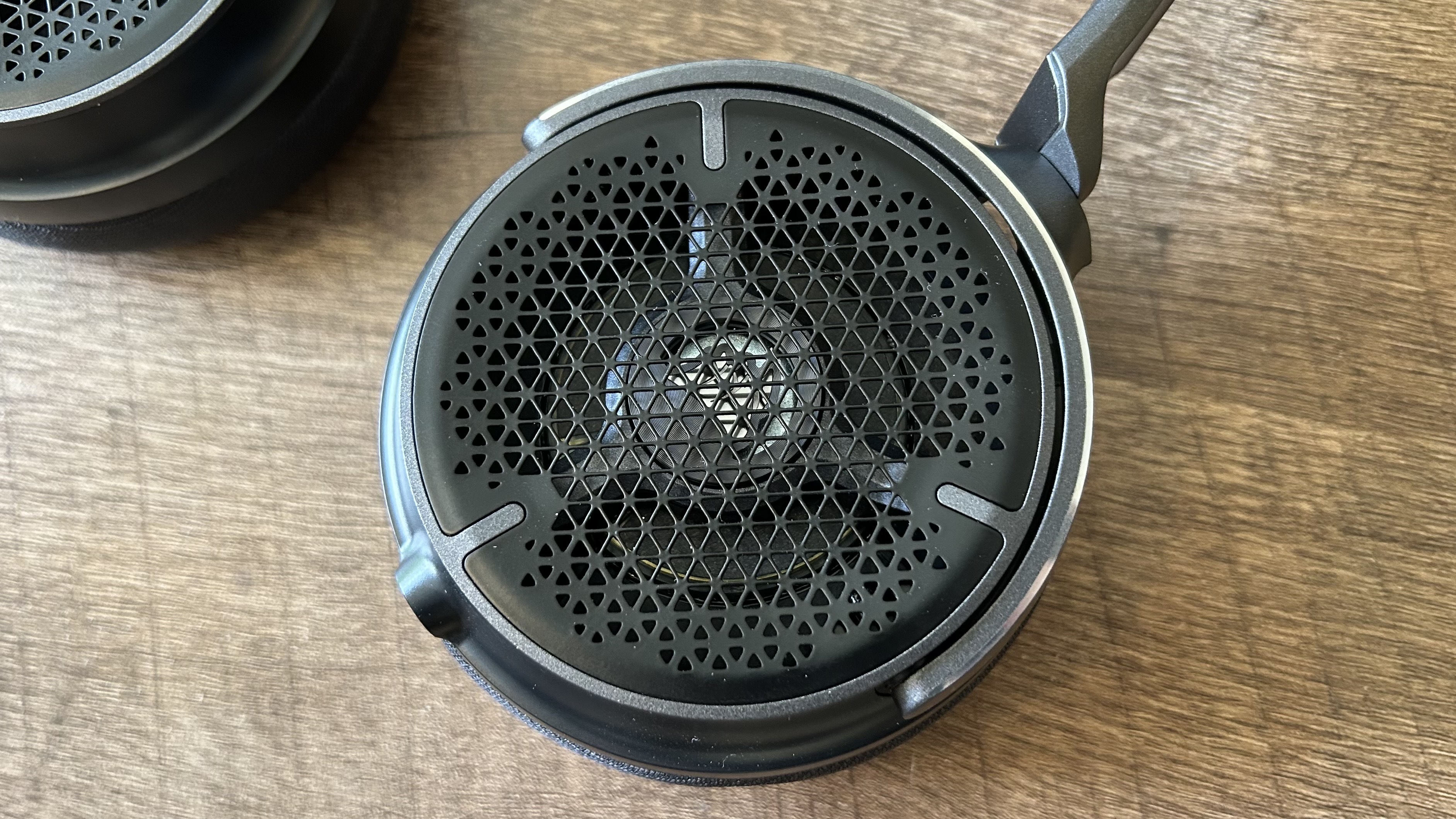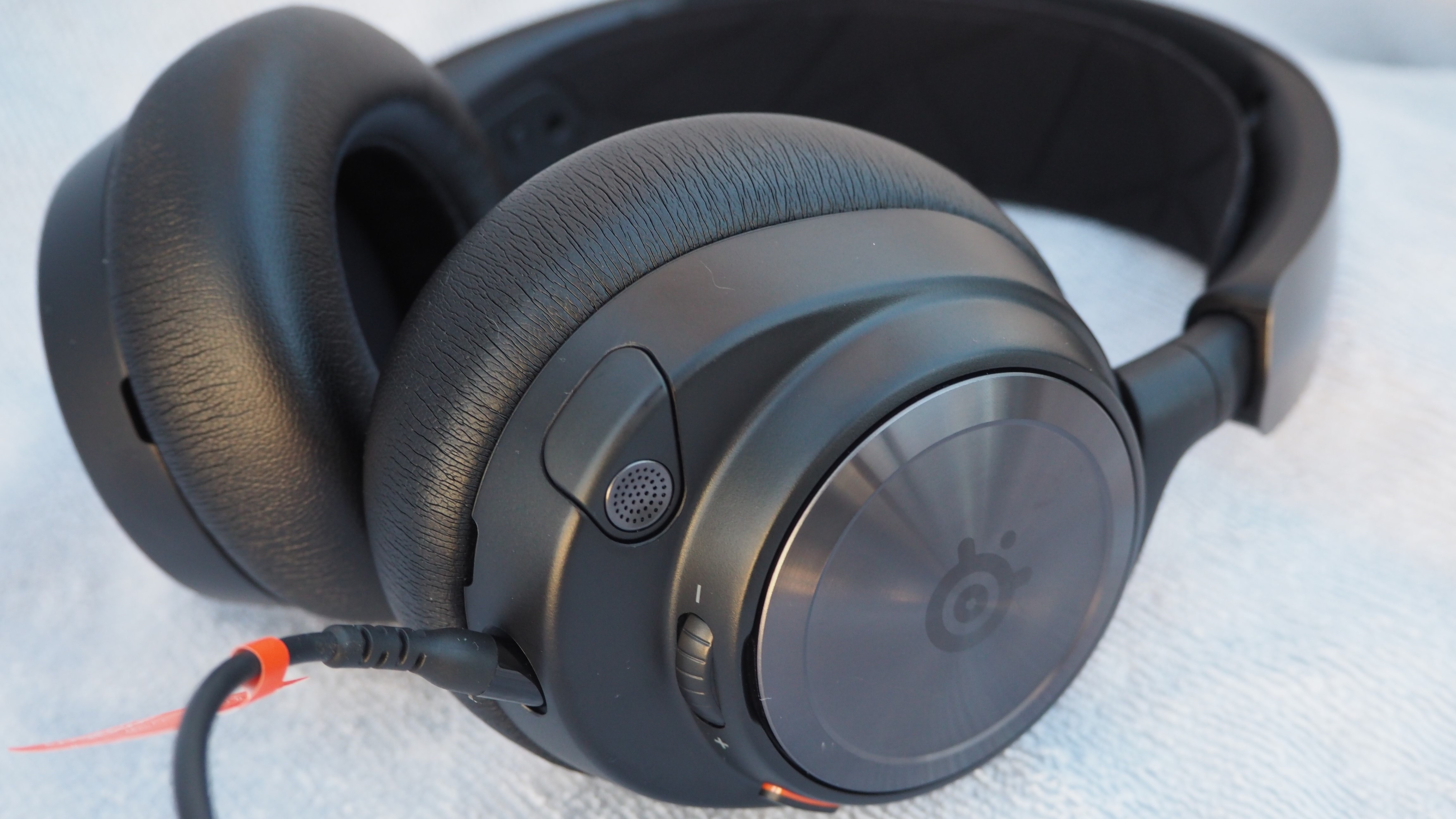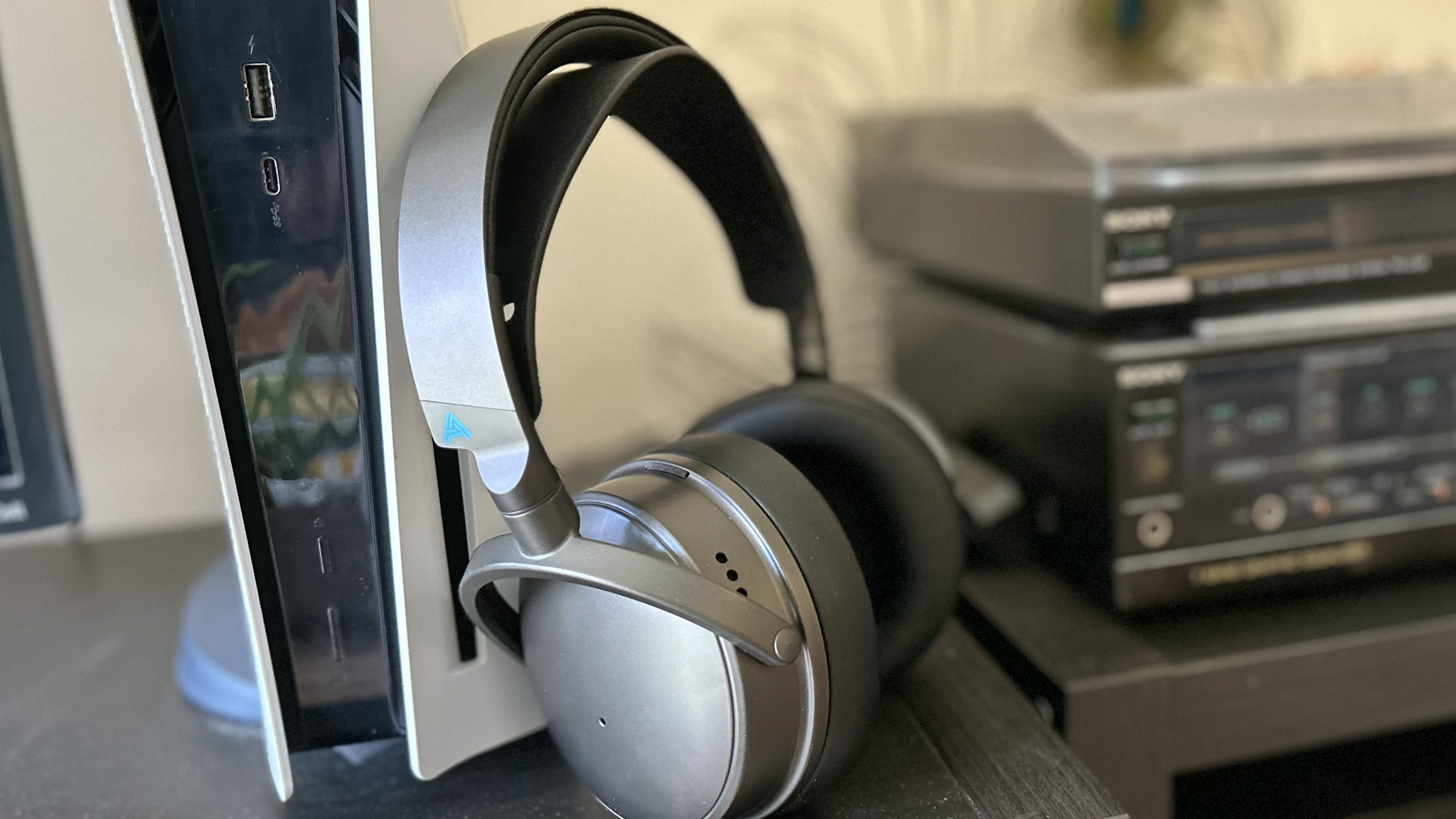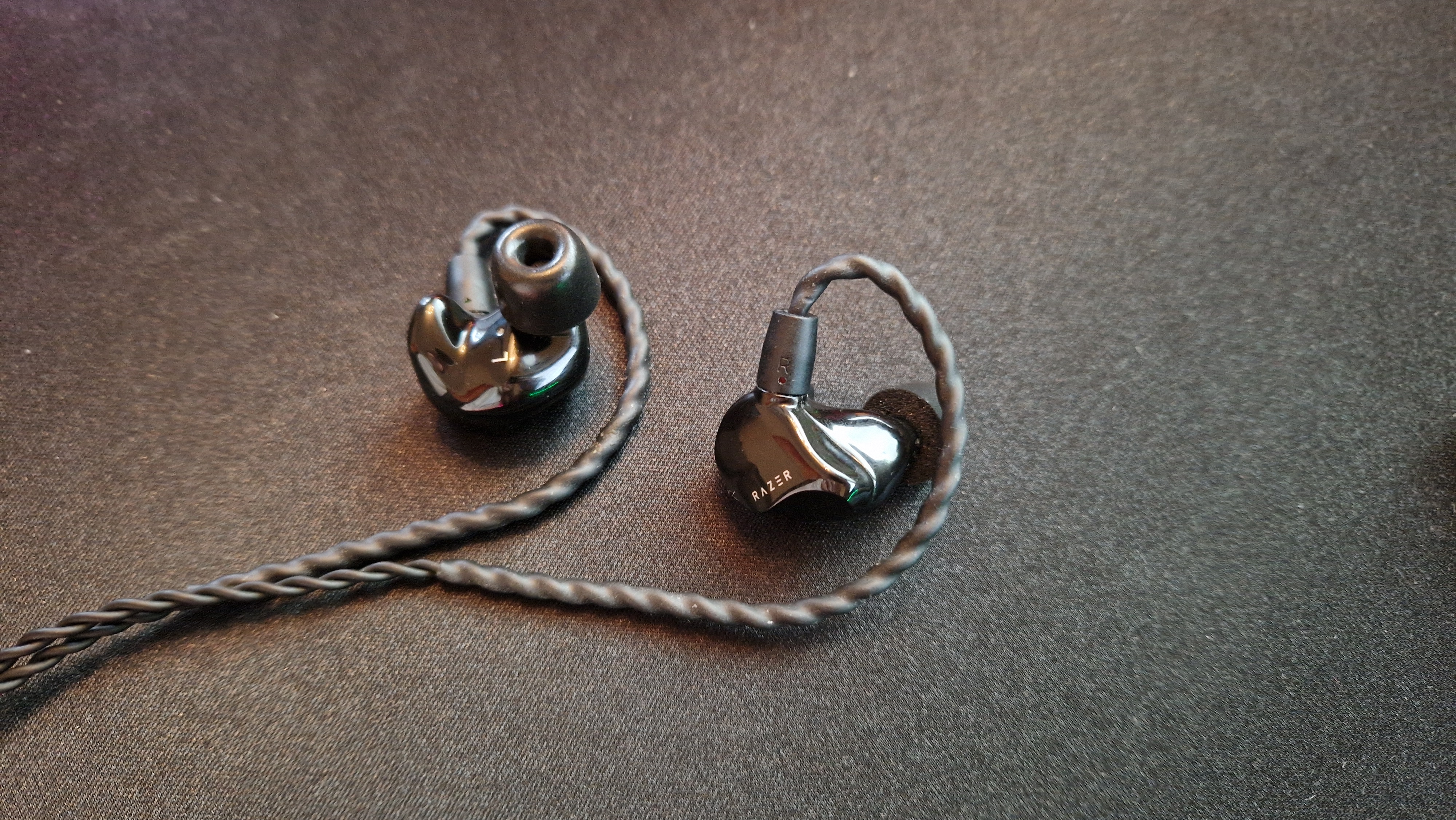Which gaming headset drivers should you choose?
More than a magnet

There are many things to consider when buying a gaming headset; your connection options, design, size, platform compatibility, headband shape, and cushion material to name a few. If you’re serious about tuning your audio to your exact preferences, though, you should also be considering the driver powering all that sound. After all, it’s the workhorse behind everything you hear.
The best gaming headsets have traditionally stuck to their roots in this department for years, with the vast majority packing the same driver design and achieving the same sound qualities with it. However, more and more driver options are entering the mainstream. While common dynamic drivers still rule the roost thanks to their low cost, you’ll now find more planar magnetic, electrostatic, and even balanced armature options providing your game audio.
Knowing how each one works and its resulting sound response is crucial to finding out which gaming headset driver is right for you. Some of these options are particularly pricey, so it’s well worth knowing exactly what you’re investing in if you’re splashing some cash on an upgrade.
How do gaming headsets produce sound?
Before we dive into how individual drivers produce their audio, it’s worth getting an overview of how sound is produced through a driver. All of these options use electromagnetism to create vibrations in a diaphragm via an attached conductive material (well, nearly all these options - but we’ll get to that). These vibrations produce the soundwaves you hear through your headset. In general, the thinner and stronger the diaphragm (you can check out our guide to graphene drivers for more on newer diaphragm materials) and the fewer points of connection between each part of the driver the better for reducing distortion.
Dynamic drivers

These are the bread and butter of the gaming headset world, having dominated the industry for most of its life. Dynamic drivers are cheap, easily produced, and efficient, making them a go-to for mainstream brands.
A dynamic driver uses a cone-shaped diaphragm and a copper wire coiled around a magnet (and within a magnetic field). The coiled wire becomes electromagnetic when an electrical signal moves through it, causing it to be pushed and pulled very rapidly due to the surrounding magnetic effect. It’s being drawn towards one charge and then another in rapid succession. The magnet and coil sit within the centre of the cone, so this movement causes larger vibrations across the diaphragm itself, creating the sound waves you hear.
The result is a gaming headset with a powerful bass and a wide dynamic range. However, it’s not as detailed as you’ll find in other driver options, and the fact that all these parts are heavily connected to each other can cause distortion, particularly at high volume, due to secondary vibrations from the coil itself.
Weekly digests, tales from the communities you love, and more
Good For:
✅ General play
✅ Cost efficiency
✅ Powerful bass
Bad For:
❌ High volume listening
❌ Heavier low-ranges
Most gaming headsets use dynamic drivers, but some of our favorites are the SteelSeries Arctis Nova Pro Wireless, Razer BlackShark V2 Pro, and SteelSeries Arctis Nova 5X Wireless.
Planar magnetic drivers

Planar headsets are picking up in more audiophile spaces, offering a wider soundstage but a heavier form factor overall. They operate on the same model as a dynamic driver, but instead of using a separate copper coil the conductor wire is applied across the diaphragm itself. Each strip is extremely thin and completely flat, but still reacts to electric signals and magnets within the driver.
The diaphragm and attached wires is slotted between two magnets. When the signal is applied it’s pushed and pulled between these magnets rapidly to produce vibrations and therefore sound waves.
Unlike dynamic drivers, planar options don’t have to contend with potential secondary vibrations from other components like the copper coil. That means the resulting audio is far less likely to distort. The tighter control over the actual diaphragm also means you’ll notice a more responsive audio quality - the diaphragm can react to changes in the electrical signal much quicker. There’s also far more room for lower ranges, providing more detail and greater accuracy in basslines. However, planar drivers are typically more expensive and their construction means headsets are generally larger and bulkier.
Good for:
✅ Competitive play
✅ Low-range detail
✅ High volume listening
Bad for:
❌ Long-term comfort
❌ Cost efficiency
Examples of planar magnetic headsets include the Audeze Maxwell, HyperX Cloud Orbit S, and Audeze Penrose.
Balanced armature drivers

Balanced Armature drivers are starting to see their use in some of the best gaming earbuds thanks to their tiny size and efficient running process. While they’re more expensive than the dynamic drivers many earbuds use, they can produce a much wider frequency range when applied correctly.
Each tiny driver consists of a rod-like component called an armature, which carries an electrical current in itself. The rod is placed between two magnets and becomes electromagnetic when a current is applied. The push and pull of the surrounding magnets causes it to swing up and down rapidly. However, it still needs to reach a diaphragm, so a driver pin is attached to one end. This makes fast impact with the diaphragm placed elsewhere, which in turn vibrates and produces sound waves.
You’ll usually find earbuds running multiple drivers in one bud, as each individual system has a particularly narrow frequency response in itself. That means, however, that multiple drivers can run at the same time, with each one being tuned to a specific frequency range. If everything’s set up correctly, these drivers produce a particularly detailed frequency response with a particularly strong treble range. There’s also less muddle in between ranges, as each driver is working separately.
However, all those extra drivers and the tuning process they require bumps up cost compared to standard dynamic driver earbuds. You’re also relying on the tuning quality of each array, an aspect that scales with price. Due to their size, balanced armature drivers are less adept at stronger basslines.
Good for:
✅ Detailing
✅ Balancing
✅ Portability
Bad for:
❌ Low-range power
❌ Cost-efficiency
Examples of balanced armature gaming earbuds include the Razer Moray and 1More Triple Driver.
Electrostatic drivers
Electrostatic gaming headsets are a little further away from the mainstream than planar models, but they’ve been bubbling away under the surface for years now. These drivers use static electricity rather than electromagnetic forces to vibrate a diaphragm (these are the tricky ones that don’t quite work in the same way as the others), however the principle still remains the same.
The ‘diaphragm’ is actually an incredibly thin and light piece of electrically conductive film, held in place by simple struts and sandwiched between two metal plates lined with perforations. One of these metal plates holds a positive charge, and the other a negative one. This piece of film is so tiny it can easily be swayed by static electricity alone.
An electrical charge is swapped very quickly between the two plates, causing the conductive material in the middle to jump towards the plate mirroring its own charge back and forth rapidly. The resulting vibration produces the soundwaves.
Electrostatic gaming headsets are incredible, producing super accurate, super rich audio with incredibly low distortion. That’s because there’s practically no contact between the diaphragm and other components and because the film itself is so light in itself. The speed achieved by this driver makes for incredibly fast response times with incredible detail across all ranges.
There are, of course, drawbacks. These headphones are as expensive as they are impressive - often reaching for four-figure price tags. This is a serious investment, especially considering they also require a separate amplifier to run. It’s a pipe dream for many, but if you’re as excited about driver technology as I am, it’s pretty cool nonetheless.
Good for:
✅ Detailing
✅ Speed
✅ Accuracy
Bad for:
❌ Cost efficiency
❌ Ease of use
Does size matter?
Of course, once you’ve worked out which driver type is right for you it’s time to consider size. You’ll find driver sizes ranging from 10mm in earbuds all the way up to 90mm in larger devices. In general, the larger the driver the better your audio is going to be, but we’re talking very minutely, and this is only really more noticeable on a large scale. A 90mm driver might sound a little wider compared to a 40mm model, but the majority of players aren’t going to take too much notice of the difference between a 50mm and 40mm device.
There’s plenty more that goes into making your gaming headset sound the way it does, from the materials surrounding the driver itself to the type of magnet used. Deciding which driver you should choose in your gaming headset will set you up in the right direction if you’re looking to truly perfect that purchase, though.
We’re also rounding up all the best wireless headsets on the market, as well as the best PC headsets and best PS5 headsets available.

Managing Editor of Hardware at GamesRadar+, I originally landed in hardware at our sister site TechRadar before moving over to GamesRadar. In between, I've written for Tom’s Guide, Wireframe, The Indie Game Website and That Video Game Blog, covering everything from the PS5 launch to the Apple Pencil. Now, i'm focused on Nintendo Switch, gaming laptops (and the keyboards, headsets and mice that come with them), PS5, and trying to find the perfect projector.


